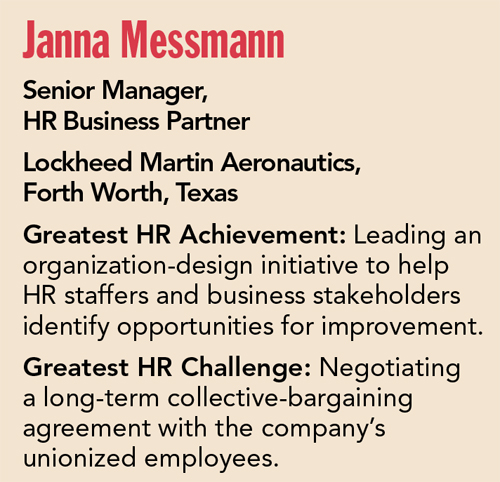This article accompanies Innovating for the Future.
The F-35 Joint Strike Fighter jet is a rather impressive military machine. Built as a replacement for the various fighter jets used by the U.S. Air Force, Navy and Marines (as well as the militaries of U.S. allies), the F-35 is powered by a Pratt & Whitney F135 engine that produces 43,000 pounds of thrust, pushing the aircraft to a top speed of 1,200 miles per hour with a full weapons load. It is designed to evade sophisticated enemy radar and anti-aircraft systems. Variations of the F-35 can, depending on which branch of the armed services it was built for, land vertically (Marines) and be launched from and land on an aircraft carrier at sea (Navy).
Not surprisingly, the F-35 is also very expensive, with the cheapest version costing just under $90 million. Lockheed Martin, the defense contractor responsible for the F-35, has been under intense pressure from Washington to reduce costs for what has turned out to be the world’s most expensive weapons system.
This is where the work done by HR professionals such as Janna Messmann comes into play.
Five-Year Deal
Armed with a major in human resource management from the University of Central Florida and a master’s degree in organization development from Pepperdine University, Messmann has spent the past 10 years in the HR profession. During this time, she has gained expertise in developing and executing human-capital plans in union and non-union environments, as well as with labor-relations negotiations, organization design and talent acquisition.
As a labor-relations manager with Lockheed Martin Aeronautics, the LM division that builds the F-35, she successfully negotiated a five-year labor contract with approximately 700 union-represented employees.
Getting that agreement in place with the employees was a critical milestone, says Messmann.
“We hadn’t had a five-year agreement with this particular bargaining unit before,” she says. In the past, labor agreements typically lasted for four years. A five-year agreement helps ensure a longer period of labor stability while the company focuses on its rapidly growing business, says Messmann.
That’s not to say the process was a cakewalk.
“The challenge was that we were working with employees from multiple company sites,” she says. A certain amount of give and take between the parties was necessary, she adds, as Lockheed Martin has a longstanding relationship with the union, which it wanted to maintain and solidify.
Laura Hopkins, director of HR for LM Aeronautics and Messmann’s immediate supervisor, praises her effectiveness: “Janna’s leadership of these efforts resulted in 100% achievement within established economic parameters, in a timely manner and through effective partnerships with multiple key stakeholders.”
Messmann also oversaw another milestone involving union-represented employees: outsourcing the role of providing physical security at LM Aeronautics facilities so the company could focus on its core business.
“Our bread and butter is aircraft; providing physical security is not one of our core functions,” she says.
The move involved approximately 70 security guards who were also represented by the union, albeit under a separate contract. The guards were given the option of transitioning to similar jobs with the outside firm.
“This was not easy, and the security guards weren’t necessarily happy about this,” says Messmann. “We negotiated with the union and tried to make it as palatable as possible.”
Messmann’s leadership here also proved vital, says Hopkins.
“Janna partnered with the labor union to ensure positive employee experiences, facilitated employee-transition sessions and enabled strong leadership support,” she says.
Fostering Design-Thinking Skills
Next, Messmann led the design and development phases of Lockheed Martin Aeronautics’ largest, most complex organization-design initiative. It required “substantial understanding of our business strategy and priorities, partnership with external experts and multiple internal stakeholders, and extensive project management and communication knowledge and skills,” says Hopkins.
The initiative aimed to “build a design-thinking skill set throughout the working teams,” says Messmann. The goal was to ensure that staffers in HR and the business units would be better equipped to identify areas for improvement in organizational processes and structures.
The result?
“This effort has created a coalition of organization-design advocates who’ve learned to assess continued opportunities for design changes throughout our broader organization–which is exactly what we wanted,” she says.
Messmann recently transitioned to a new role as senior manager and HR business partner for Lockheed Martin Logistics Services, where she oversees a team of 10 HR staffers who deliver HR services to LMLS’ 2,100-plus employees.
Hopkins says Messmann demonstrates high potential for taking on executive-level HR roles in the future.
“Janna is a continuous learner who seeks and takes on projects and initiatives with increased scope and responsibility,” she says.
As for Messmann herself, she continues to enjoy her role at the nexus of business and HR.
“I like strategizing with business leaders to solve people problems,” she says.

